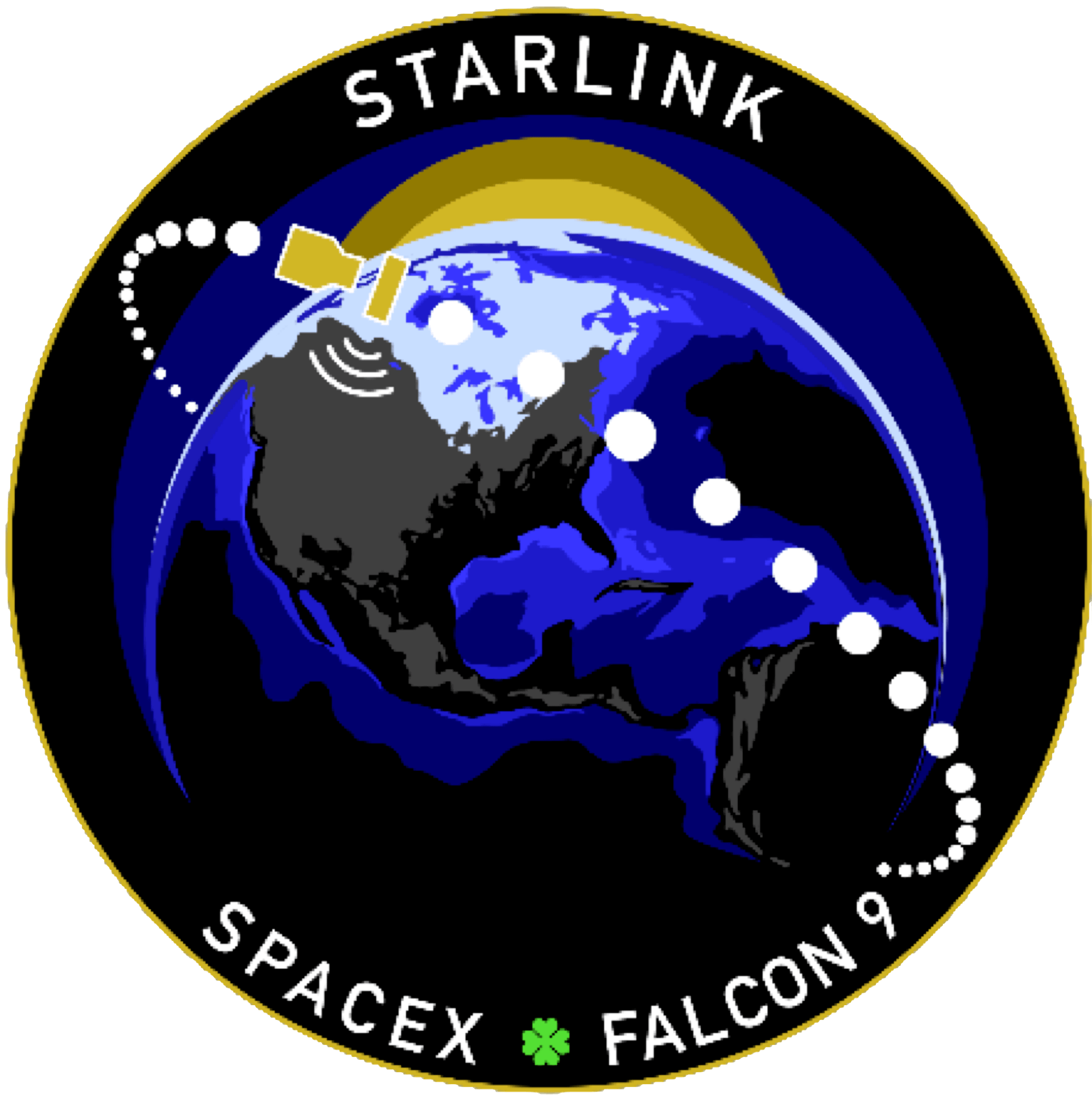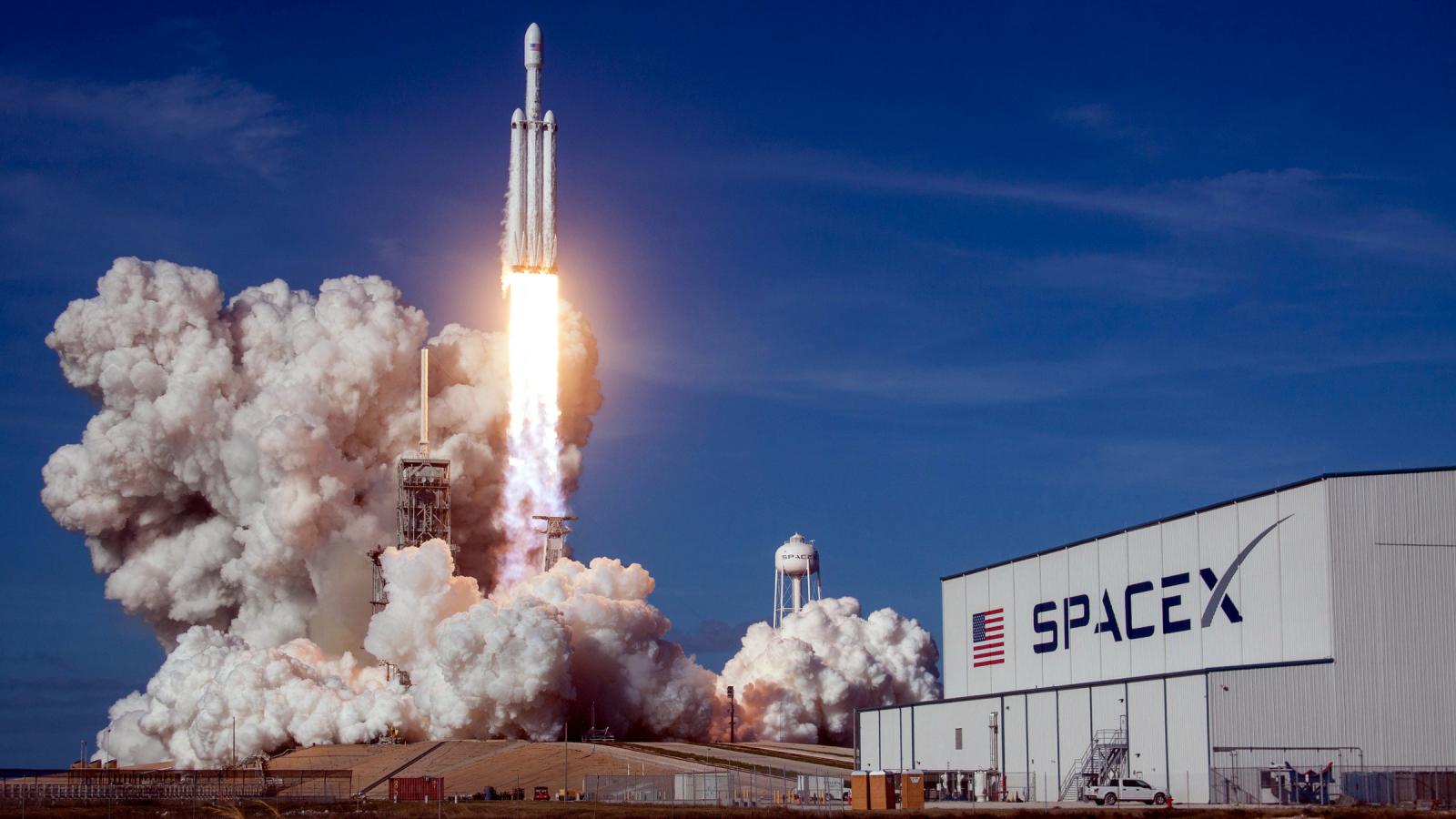

But the reality is that it's the market that's the driver. It would just require a larger workforce. And from a system's perspective, we can do that. So from an infrastructure perspective, we can do that.

"Everything in the factory is designed to be able to process and push through one rocket a week. "The reality is that we built everything to be able to launch once a week," Beck said.

(submitted by EllPeaTea and Ken the Bin)Ī niche market. With a production cost of $4 million, the rocket is aimed to compete with Western commercial smallsat launchers. As a result, the two small satellites were injected into an orbit with a perigee of just 76 km. ISRO developed the Small Satellite Launch Vehicle to join the fleet of Indian rockets that include the Geosynchronous Satellite Launch Vehicle Mk.3, GSLV Mk.2, and the Polar Satellite Launch Vehicle. The problem appears to have been due to a sensor issue on the fourth stage that caused a premature shutdown. But the launch team was unable to confirm the final stage of the rocket completed its job of placing two small satellites into orbit.īack at it soon. The early phases of the mission went according to plan, according to the Indian Space Research Organization. India's SSLV fails in debut launch. India’s space agency said Sunday the inaugural demonstration flight of the country’s new Small Satellite Launch Vehicle failed to place two satellites into their targeted low Earth orbit, Spaceflight Now reports. Meanwhile, the company has cash and marketable securities of about $200 million on hand. Astra reported a net loss of $168 million during the first half of 2022, with revenues of just $6.5 million. It is unclear whether Astra has the finances to survive one to two years of development work. The company announced the change in strategy after five failures in seven attempts to launch its smaller starter booster, Rocket 3.3. Kemp said Astra plans to conduct test launches of its new, larger rocket next year, but it cannot commit to starting commercial service with the rocket in 2023. And third, we're increasing investments in testing and qualification." Advertisement As such, we will not have any additional flights in 2022. "Second, we're working with all of our launch service customers to re-manifest on launch system 2.0. It will also go bigger in terms of its rocket size. "First, we've increased the payload capacity target for launch system 2.0 from 300 kg to 600 kg," CEO Chris Kemp said. Astra will shift away from its previous mantra of being lean in terms of staffing, moving at breakneck speed, and tolerating some failure in launch vehicles, Ars reports. Each report will include information on small-, medium-, and heavy-lift rockets as well as a quick look ahead at the next three launches on the calendar.Īstra pivots to larger rocket. It is great to see this kind of cooperation in the aerospace community.Īs always, we welcome reader submissions, and if you don't want to miss an issue, please subscribe using the box below (the form will not appear on AMP-enabled versions of the site). This is a bold move that draws upon the deep US commercial space industry in order to meet NASA's needs in space. As Baumgardner noted, it was also documented following a Titan IV launch back in 2005 when Elon Musk's company was barely getting started.Welcome to Edition 5.06 of the Rocket Report! The big news this week is Northrop Grumman's deal with both Firefly and SpaceX to make sure it can continue flying Cygnus spacecraft to the International Space Station. This isn't a phenomenon that's unique to SpaceX rockets. What's happening is that charged oxygen molecules in the upper atmosphere are reacting with water and carbon dioxide from the rocket exhaust and emitting photons at the same wavelength as red auroras as a result. "This is a well-studied phenomenon when rocket engines are firing in the altitude (around) 200-250 km (124 - 155 miles)." "This glow is probably the exhaust gasses from the rocket's second stage, causing the ionosphere to recombine quickly," Boston University physicist Jeff Baumgardner told. This reddish glow was spotted over Tennessee following a Falcon 9 launch from Florida. Other photographers reported similar experiences. His guess turned out to be correct, as a Falcon 9 rocket carrying a communications satellite had launched from Florida just a few minutes earlier. "Crazy thing was it was only visible in the images and not with the naked eye." "My first thought was a SpaceX launch," he recalled. Liftoff! /ukKB1OZEQ6- SpaceX June 19, 2022


 0 kommentar(er)
0 kommentar(er)
